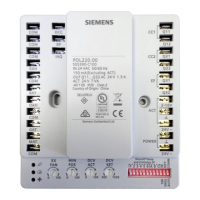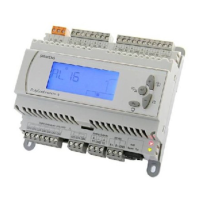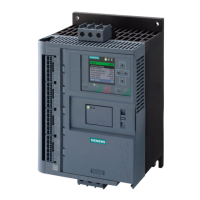Important information on safety and disposal
3 Important information on safety and disposal
This section explains general and system-specific regulations for mains and
operating voltages. It includes important information for your safety and the safety
of the entire plant.
3.1 General regulations
Comply with the following general regulations during engineering and execution:
● Electrical and mains power regulations for the given country.
● Other applicable, national regulations.
● Building installation regulations for the given country.
● Regulations of the utility company.
● Diagrams, cable lists, dispositions, specifications, and orders by the customer
or authorized engineering office.
● Third-party regulations, for example, by the general contractor or building
owner.
The electrical safety for building automation and control systems by Siemens is
essentially based on safely separating low voltage from mains voltage.
3.2 Device-specific regulations
Note permissible line lengths and topologies when planning and installing
controllers and field devices featuring KNX bus connection. Make sure the bus
supply complies with the KNX standard.
The device is maintenance free. Only the manufacturer can maintain the device.
3.3 Notes on EMC optimization
When setting up cable ducts, separate strongly interfering cables from susceptible
entities.
● Interfering cables: Motor cables especially from motors supplied by inverters,
energy-supplying cables.
● Susceptible entities: Control cables, low voltage cables, interface cables, LAN
cables, digital and analog signal cables.
● Both types of cables can be in the same cable duct, but in separate
compartments.
● If no three-sided, closed duct with separating wall is available, the interfering
cables must be separated by at least 150 mm from the others or placed in
separate ducts.
● Crossings of strongly interfering cables with possibly susceptible entities must
be at a right angle.
● In rare cases, signal and interfering power cables may be run in parallel,
resulting in a high interference risk.
It is recommended to use unscreened cables. Comply with the manufacturer's
installation recommendations for selecting unscreened cables. In general,
unshielded twisted pair cables have sufficient EMC properties for technical building
applications (including data applications) and do not require coupling to
surrounding earth.

